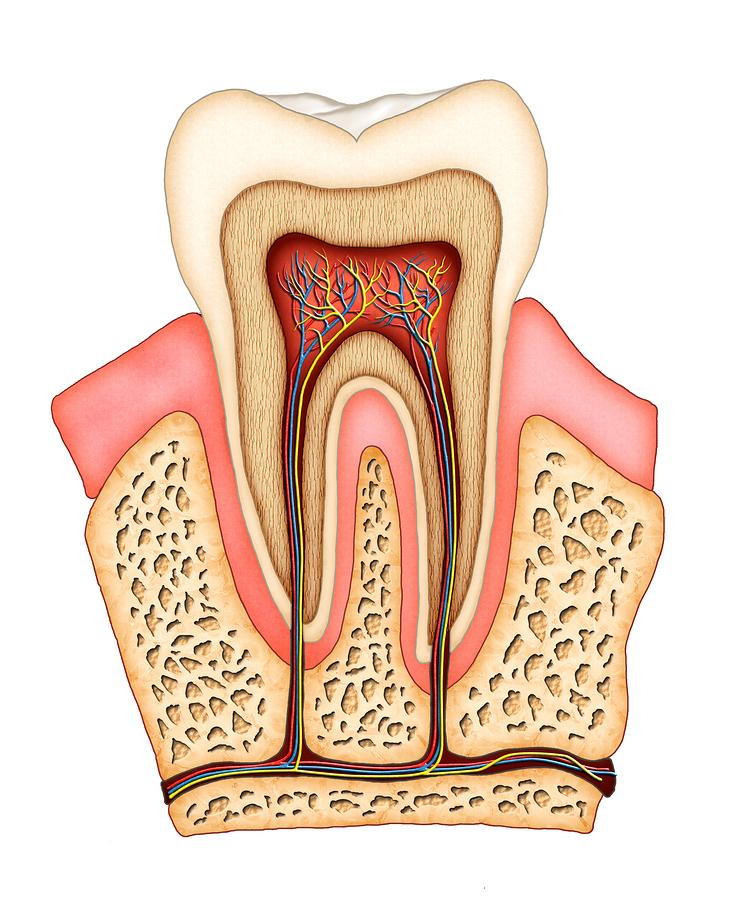
Here at Longmont Pediatric Dentistry, Dr. Tim Nichols and Dr. Jenna Milot are concerned about tooth decay. After all, the Centers for Disease Control (CDC) says that 20 percent of American kids have at least one untreated dental cavity. Read on to learn how the caring team at Longmont Pediatric Dentistry uses tooth fillings to restore decay and keep your child's smile healthy.
What is a cavity?
A cavity is a small hole that develops in the tooth enamel, the hard outer layer of the dental structure. Oral bacteria, which thrive in carb-based plaque and tartar on and between teeth, secrete damaging acids on enamel. This acid creates a hole in the tooth, extending even to the inner dentin and soft pulp over time.
What are the symptoms of tooth decay?
Children, teens, and adults experience tooth decay. Unfortunately, small cavities are not always symptomatic. However, as they develop, small white spots and dark holes become visible upon inspection by your dentist. When untreated, decayed teeth become discolored, painful, and sensitive to heat, cold, and pressure. Infection, or dental abscess, can develop, necessitating root canal therapy or worse—extraction.
What is a tooth-colored filling?
At Longmont Pediatric Dentistry, Dr. Milot and Dr. Nichols advocate active and diligent at-home brushing and flossing for all their young patients. Additionally, semi-annual check-ups and cleanings begin at age one, catching problems early and removing harmful tartar and plaque.
If decay is detected, the dentists use tooth fillings to restore young teeth to full form and function. Yes, it is important to fill baby teeth to avoid further damage, extraction, and issues associated with alignment, speech, and eating functionality.
Dr. Milot and Dr. Nichols use realistic and durable composite resin to restore tooth decay in their pediatric patients. After a numbing medication, the dentist removes the decay and applies a mild etching solution. This chemical allows the filling to bond well to the enamel.
The dentist adds the resin to the prepared site layer by layer. A special blue light hardens the layers, creating a solid bond between the tooth and the resin. A final shaping ensures proper bite, and the filling is complete.
The tooth fillings from Longmont Pediatric Dentistry are very natural-looking, need less enamel reduction than metal fillings, and last for years. They are great options for most cavities in children, teens, and adults.
How can everyone prevent tooth decay?
- Eat a healthy diet, limiting sugar and carbohydrates
- Brush with a fluoride toothpaste (for kids age three and up) and floss at home
- See the dentist twice a year for a cleaning and check-up
- Drink fluoridated water
- Receive dental sealants (plastic coatings) on deeply fissured molars
Find out more
At our Longmont office, Dr. Tim Nichols and Dr. Jenna Milot provide the finest preventive and restorative services in a child-friendly environment. Call us today for a check-up and cleaning appointment: (303) 776-1194.
